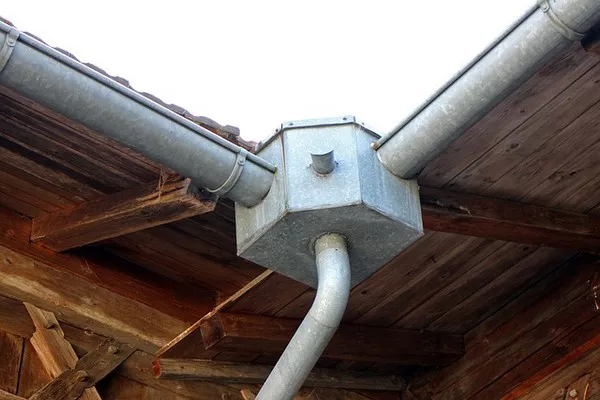Wastewater treatment is a critical process that ensures the safe disposal of sewage and industrial effluents while protecting the environment and public health. It involves a series of steps aimed at removing pollutants and contaminants from wastewater before it is released back into the environment or reused for various purposes. In this article, we will delve into the intricacies of wastewater treatment, exploring its primary, secondary, and tertiary treatment stages, as well as its role in environmental protection and sustainability.
Primary Treatment: Initial Steps in Wastewater Treatment
The primary treatment stage is the first step in the wastewater treatment process, where physical methods are employed to remove large particles and debris from the wastewater. This stage typically includes grid filtration and sedimentation tanks.
Grid filtration involves passing the raw wastewater through a series of screens or grids with varying sizes of openings. These screens help to remove large objects such as sticks, rags, plastic, and other debris that could potentially damage downstream equipment or interfere with the treatment process.
Following grid filtration, the wastewater enters sedimentation tanks, also known as primary clarifiers. In these tanks, the flow of wastewater is slowed down, allowing heavier particles to settle to the bottom under the influence of gravity. These settled solids, known as primary sludge, are then removed from the bottom of the tanks and sent for further treatment or disposal. The clarified water, now free of larger solids, moves on to the next stage of treatment.
Secondary Treatment: Biological Treatment Stages
After primary treatment, the wastewater undergoes secondary treatment, where biological processes are employed to further purify the water by removing dissolved and suspended organic matter. Two common methods used in secondary treatment are activated sludge and biological filters.
Activated sludge treatment involves introducing air and bacteria into the wastewater in large aeration tanks. The bacteria, known as activated sludge, feed on the organic pollutants present in the water, breaking them down into simpler, less harmful substances. The aeration process provides the bacteria with the oxygen they need to thrive and metabolize organic matter effectively. After the activated sludge has completed its work, the wastewater moves into secondary clarifiers, where the sludge settles out, and the clarified water is separated for further treatment.
Biological filters, also known as trickling filters or biofilters, utilize natural microbial communities attached to a medium, such as rocks, gravel, or synthetic materials, to treat wastewater. As the wastewater trickles over the surface of the filter medium, bacteria and other microorganisms break down organic pollutants, converting them into harmless byproducts. The treated water is then collected and directed to the next stage of the treatment process.
Tertiary Treatment: Further Purification of Wastewater
In some cases, tertiary treatment may be necessary to achieve the desired level of water quality, especially when wastewater is intended for reuse or discharge into sensitive environments. Tertiary treatment methods often include additional sedimentation tanks and disinfection processes.
Sedimentation tanks used in tertiary treatment are similar to those used in primary treatment but are designed to remove finer particles and remaining solids from the wastewater. By allowing the water to settle for an extended period, any remaining suspended solids can be removed, resulting in clearer and cleaner water.
Disinfection is a crucial step in wastewater treatment, aimed at eliminating harmful pathogens and microorganisms that may still be present in the treated water. Common disinfection methods include chlorination, ultraviolet (UV) irradiation, and ozonation. These methods effectively kill or inactivate bacteria, viruses, and other pathogens, ensuring that the treated water meets regulatory standards for safe discharge or reuse.
Environmental Protection and Sustainability
The process of wastewater treatment plays a vital role in protecting the environment and preserving public health. By removing pollutants and contaminants from wastewater before it is discharged into rivers, lakes, or oceans, treatment plants help to prevent water pollution and minimize harm to aquatic ecosystems.
Furthermore, wastewater treatment promotes sustainability by recycling valuable resources and reducing the demand for freshwater supplies. Treated wastewater, also known as reclaimed or recycled water, can be used for irrigation, industrial processes, and even potable water supply with appropriate treatment. By utilizing reclaimed water instead of freshwater sources, communities can conserve precious resources and reduce the strain on natural ecosystems.
To enhance environmental protection and sustainability, wastewater treatment plants are continuously seeking innovative solutions to minimize energy consumption, reduce chemical usage, and optimize treatment processes. Advances in technology, such as membrane filtration, advanced oxidation, and nutrient recovery, are enabling treatment plants to achieve higher levels of efficiency and effectiveness while minimizing environmental impact.
In conclusion
Wastewater treatment is a complex but essential process that safeguards public health, protects the environment, and promotes sustainability. By understanding the various stages of treatment and the importance of environmental stewardship, we can work together to ensure a cleaner, healthier future for generations to come.

